Ancient Vishnu idol with features of Ram Lalla found in Krishna river
The Vishnu idol has all the 'dashavatara' or the 10 incarnations featured around its 'aura'. The idol has features resembling the recently consecrated statue of ‘Ram Lalla’ in the newly built temple in Ayodhya.
Salar News/PTI
-
Dr Padmaja Desai, a lecturer in ancient history and archaeology at Raichur University, said this idol must have adored the sanctum sanctorum of a temple
RAICHUR, 6 FEB
An ancient idol of Lord Vishnu and a Shivalinga have been unearthed from Krishna river near Shakti Nagar in Raichur city during the construction of a bridge on Raichur-Telangana border.
The Vishnu idol has all the
'dashavatara' or the 10 incarnations featured around its 'aura'. The idol has
features resembling the recently consecrated statue of ‘Ram Lalla’ in the newly
built temple in Ayodhya.
Dr Padmaja Desai, a lecturer in
ancient history and archaeology at Raichur University, said this idol must have
adored the sanctum sanctorum of a temple and must have been dropped in the
river at the time of possible destruction of the temple.
Vishnu is in the standing position
and has four arms in this statue, with his two upper hands holding the
'shankha' and 'chakra' and the two lower hands in the position of granting
boons ('kati hasta' and 'varada hasta'). The idol resembles Venkateshwara as
mentioned in the scriptures, the lecturer said.
However, this idol does not feature
Garuda, which is usually found in Vishnu idols. Instead there are two
fan-bearing women. Since Vishnu is fond of decoration, this idol showing a
smiling Vishnu is decorated with garlands and ornaments, she said.
Archaeology department officials
inspected the idols and took charge of their safekeeping.
Raichur, once home to numerous
royal families, witnessed 163 battles between kingdoms. The idols might have
hidden in the riverbed to shield them from the onslaughts of Bahamani Sultans
and Adil Shahis, according to legend.
"The statue is intact barring
some damage to its nose,” and the idols may date back to the 11th century
during the period of Kalyana Chalukyas, she said. The stone type identified in
the discovery, described as green mixed rock, is indicative of materials used
by the Kalyana Chalukyas.
Leave a Reply
Your email address will not be published. Required fields are marked *








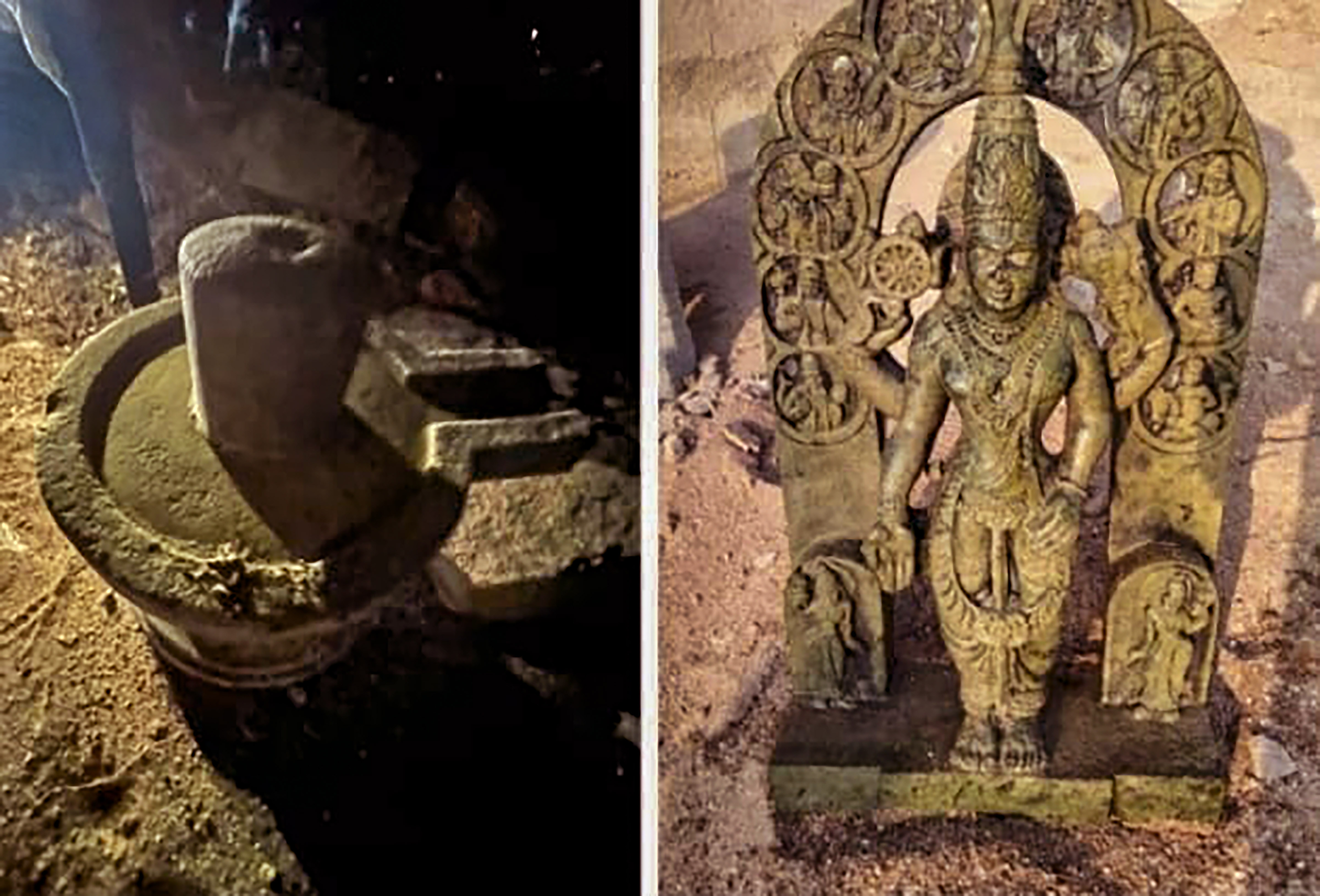

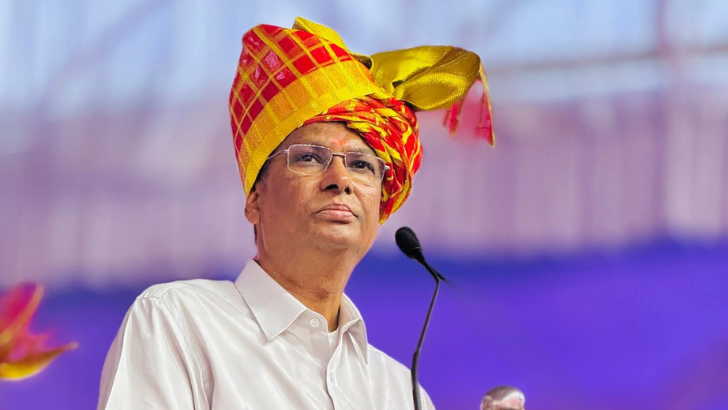
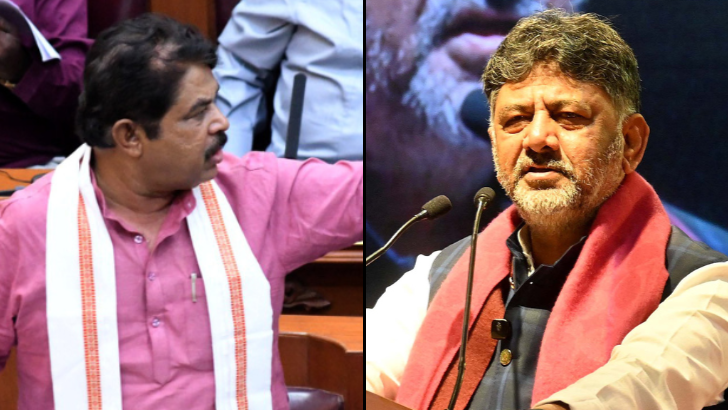
.png)
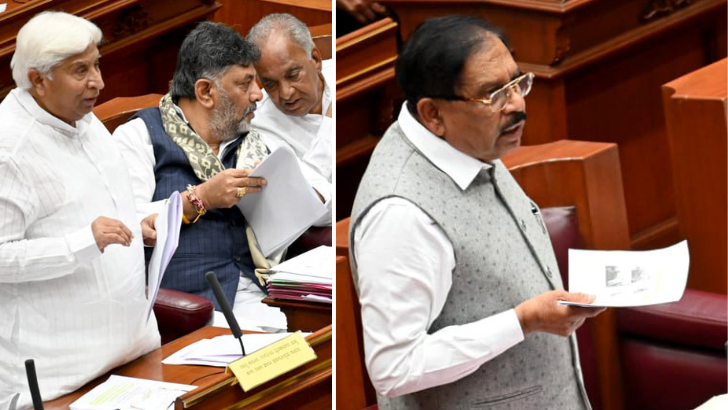
.png)
.jpg)
.png)
.png)
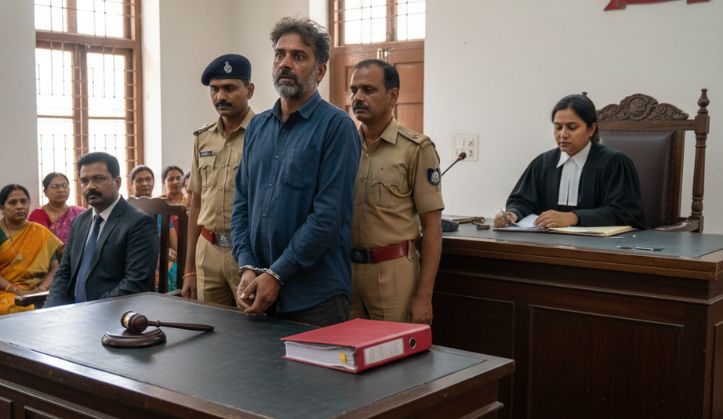
.png)
